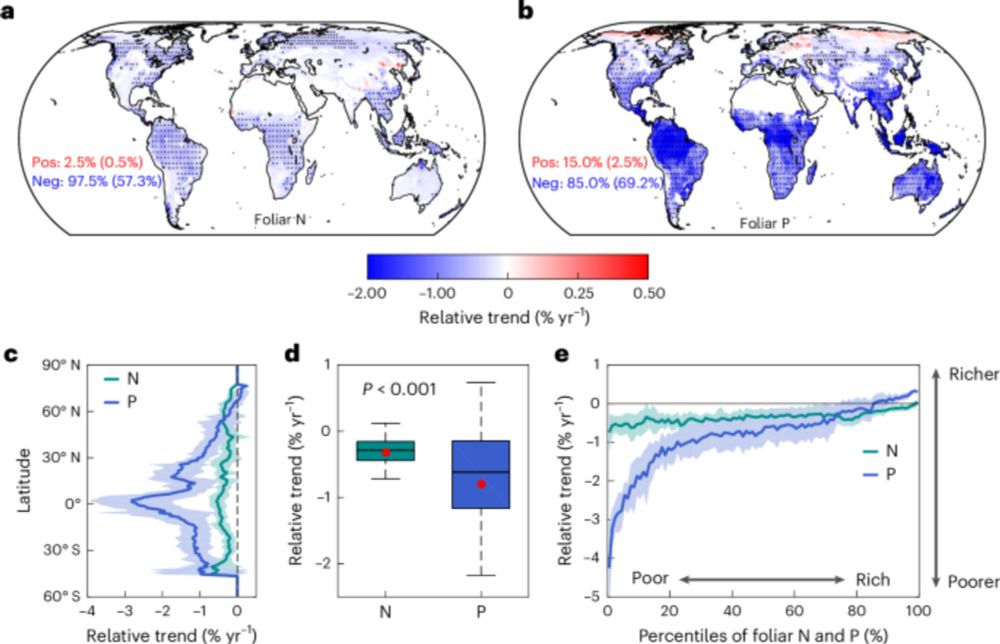Justus Hennecke
@henneckejustus.bsky.social
1.3K followers
630 following
48 posts
Ecologist interested in plant-soil interactions, biodiversity-ecosystem functioning and trait-based approaches. roots | pathogens | mycorrhiza | fungi.
PostDoc @Wageningen University
Posts
Media
Videos
Starter Packs
Reposted by Justus Hennecke
Reposted by Justus Hennecke
Reposted by Justus Hennecke
Reposted by Justus Hennecke









